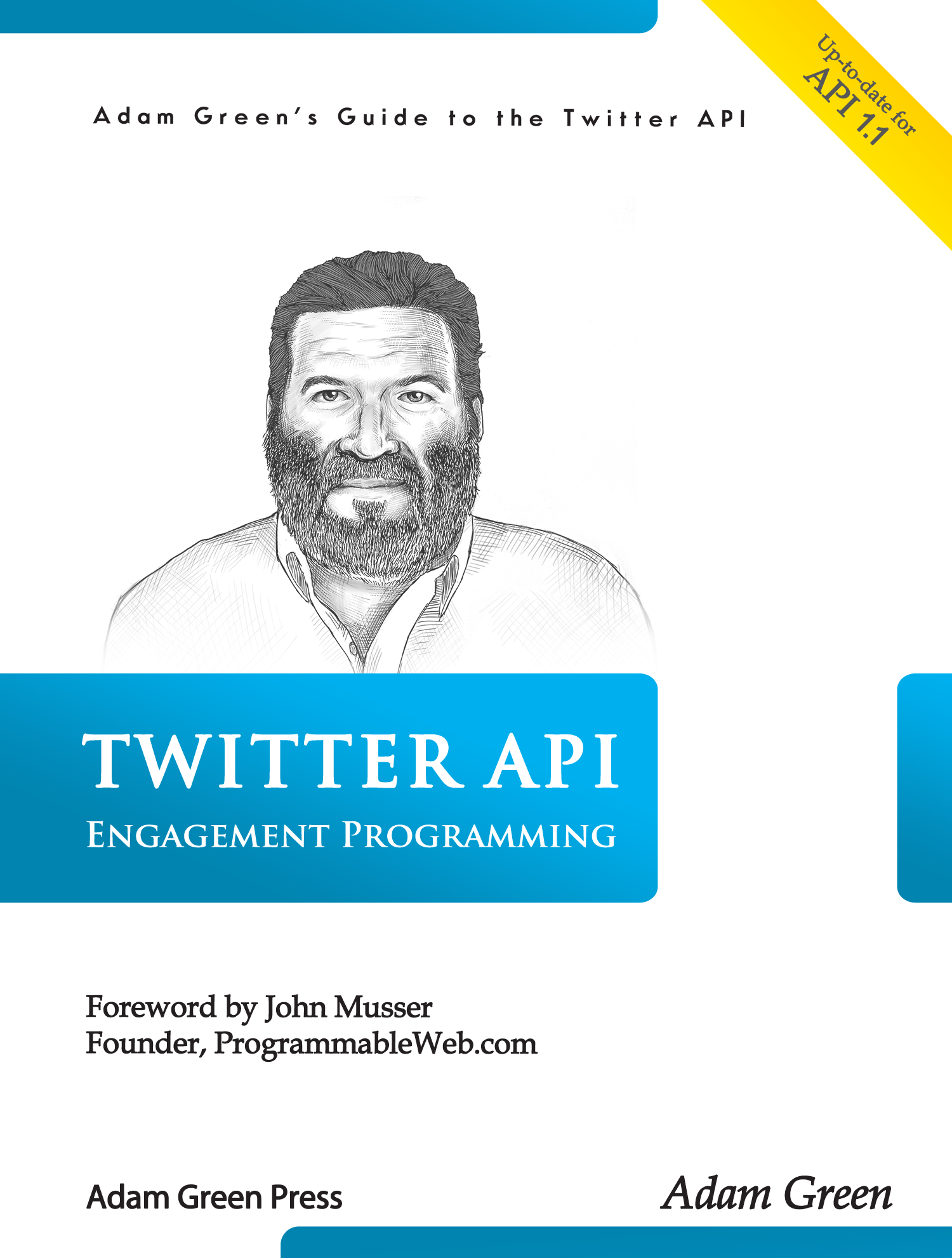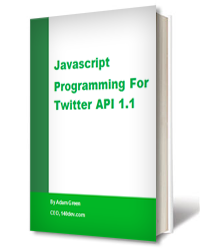Twitter API Tutorial: Identifying influential Twitter users
In many ways Twitter-based marketing is like a pyramid scheme. While sending tweets to your own followers is one way of broadcasting a message, it is more effective to have others repeat your message either through literal retweets or more subtle gestures, such as replies and repeating the URLs that you tweet. If someone on Twitter receives your message through a trusted intermediary, it is assigned a much greater level of trust. So the goal is to get influential people to follow you and then act as a conduit for your marketing. The major question is thus how can you identify the truly influential people on Twitter?
Ignore follower counts
The first thing you have to do is give up the obsession with high follower counts that has taken over Twitter since Ashton Kutcher and Oprah joined this game. If somebody with a million followers happens to mention a type of car or a travel destination does that make them an expert in this area? Besides how are you supposed to get the attention of one of these Twitter super stars?
Follower counts don’t tell you anything about who follows them, or whether these followers have any interest in your product or service. You need to pay attention to a user’s influence within a specific domain. A user with a few thousand followers, most of whom share a common interest, can be much more valuable in spreading your marketing message.
Focus on a specific domain by aggregating tweets
The first step is collecting tweets for a specific set of keywords that apply to your marketing message. Whether you use the search or streaming API to do this, you will also receive information about the user who sent the tweet. This user info should also be saved in the tweet aggregation database. If you store the user’s screen name or user_id with each tweet, you will be able to gather information about people who tweet with your keywords with a simple SQL query of your database.
Collect user mention data
When you add a tweet to your aggregation database, you should parse out any @user mentions in the tweet text. This can be combined with the user name of the person sending the tweet and stored in a separate table along with the tweet id. You should create a table in your tweet database with the following structure:
CREATE TABLE `mentions` (
`tweet_id` bigint(20) unsigned NOT NULL,
`source_screen_name` varchar(20) NOT NULL,
`target_screen_name` varchar(20) NOT NULL,
KEY `tweet_id` (`tweet_id`),
KEY `source_screen_name` (`source_screen_name`),
KEY `target_screen_name` (`target_screen_name`)
) ENGINE=MyISAM DEFAULT CHARSET=utf8;
If @fred mentions @sally in a tweet, you add a row to the mentions table with Fred as the source and Sally as the target. Then you can extract the users that are mentioned the most with a SQL query as follows:
SELECT count( * ) AS cnt, target_screen_name
FROM mentions
GROUP BY target_screen_name
ORDER BY cnt DESC
This query gives you a list of the users who are mentioned most often in tweets that contained your desired keywords. This is a much more reliable measure of influence in a specific area than a count of total followers.
You can use this list of screen names to create a list of people you should follow and try to engage with on Twitter. Directing your efforts to a few hundred key influencers in any field will allow you to reach a large number of people who will find you marketing message interesting.
There are many types of influencers
One other point. I tend to use the term marketing, which some may find offensive and overly commercial. The same techniques can be used to find people who share your political beliefs or activists for a common cause. It doesn’t have to be just about making money.








